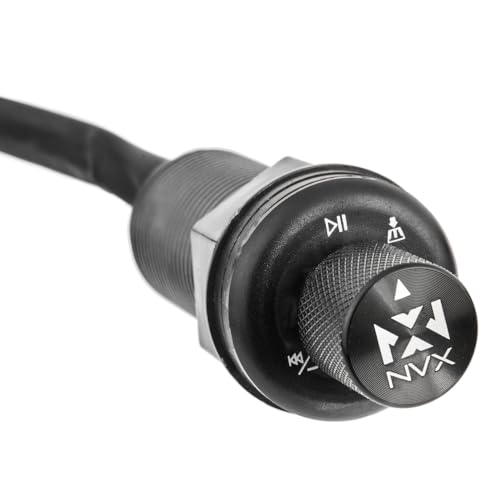By the way, there might be a way to modify a Zenoah combustion chamber and still fit the NAMBA G class rules. It involves changing the spark plug. I proposed this idea to the late Jim Allen and he built a version. With a suitable plug body shape you should be able to reduce the chamber volume and get a toroidal combustion chamber form. A surface style plug gap may also be a good idea.
There's no mention of what spark plug should be used in the NAMBA rules and the modification only involves removing material from the cylinder which is allowed. The plug shown was used in a Quickdraw button head, but imagine making the plug body the same shape as the central projection as head button on the Quickdraw head button.
Lohring Miller
View attachment 333860View attachment 333861View attachment 333862







































